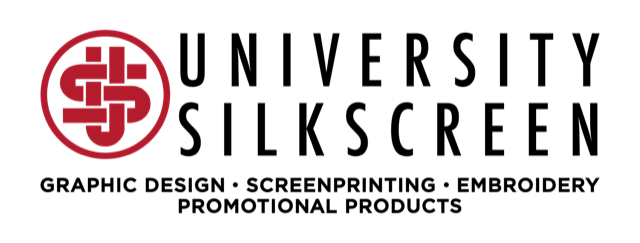What Are the Steps for Exposing Screens in Screen Printing?
In the world of printing, one craft stands out for its intricate meshwork and precise techniques: screen printing. This art form, rooted in precision and innovation, hinges on the careful selection of mesh counts, emulsion types, and exposure techniques. Each element plays a pivotal role in achieving professional-grade results, from crisp designs to vibrant colors. Understanding the nuances of printing mesh and its accompanying variables is essential for mastering this craft and unlocking its full potential. Learn the intricacies of screen printing, where every thread and pixel comes together to create stunning works of art.
Screen Printing Mesh Basics
In screen printing, the choice of mesh count is crucial for the process. Opting for a 110 mesh screen means larger mesh openings, enabling it to hold more emulsion than a 305 mesh screen. Consequently, screens with lower mesh counts, like the 110, require longer exposure times due to their increased emulsion capacity, impacting the screen printing process. This difference in mesh count directly affects both emulsion volume and exposure duration.
Emulsion Types in Screen Printing - A Comparative Overview
Screen printing requires selecting the appropriate emulsion, which comes in three basic types: photopolymer, diazo, and dual cure. Dual cure emulsion stands out as the most user-friendly for beginners, offering a generous exposure "window" that is quite forgiving. In contrast, photopolymer emulsion, known for its rapid exposure capability, presents the smallest window, leaving minimal room for error. Lastly, diazo emulsion provides an exposure window similar to that of dual cure, making it another viable option for screen printers. Understanding these differences is crucial for optimizing the screen printing process and achieving the desired results.
Optimizing Light Sources for Screen Printing and Embroidery Exposure
In the world of screen printing and embroidery, choosing the right exposure unit light source affects output quality. Professional-grade LED exposure units excel in providing uniform light distribution, unlike standard floodlights from hardware stores. However, floodlights can still serve for screen exposure with considerations like bulb strength. Importantly, as light sources age, their intensity may diminish, necessitating longer exposure times. LED units are advantageous, maintaining their strength for 3-5 years, offering consistency and reliability in the printing and embroidery process.
Enhancing Screen Printing and Embroidery with Effective Exposure Techniques
For those involved in screen printing and embroidery, enhancing stencil resolution is key. A vacuum blanket is highly recommended as it ensures the screen mesh is firmly pressed against the film positively, which is crucial for high-resolution outcomes. This technique is one of several factors influencing screen and stencil preparation. Other notable variables include mesh color and halftone lines per inch (lpi) count. Interestingly, yellow mesh is preferred over white, as it minimizes light reflection during exposure, leading to sharper images by preventing light scatter and undercutting.
Furthermore, regardless of the chosen emulsion, mesh count, color, or light source for exposing screens, the use of an exposure calculator is strongly advised. This tool is invaluable for fine-tuning exposure times, ensuring optimal results in your screen printing and embroidery projects.
Elevate Your Screen Printing Today!
Ready to elevate your screen printing in OKC? Look no further than University Silkscreen, your premier destination for top-quality prints and embroidery in Norman, OK. Whether you're in the heart of OKC or exploring the vibrant streets of Norman, our expert team is here to bring your designs to life with precision and passion. Contact us today to experience the difference with University Silkscreen.

